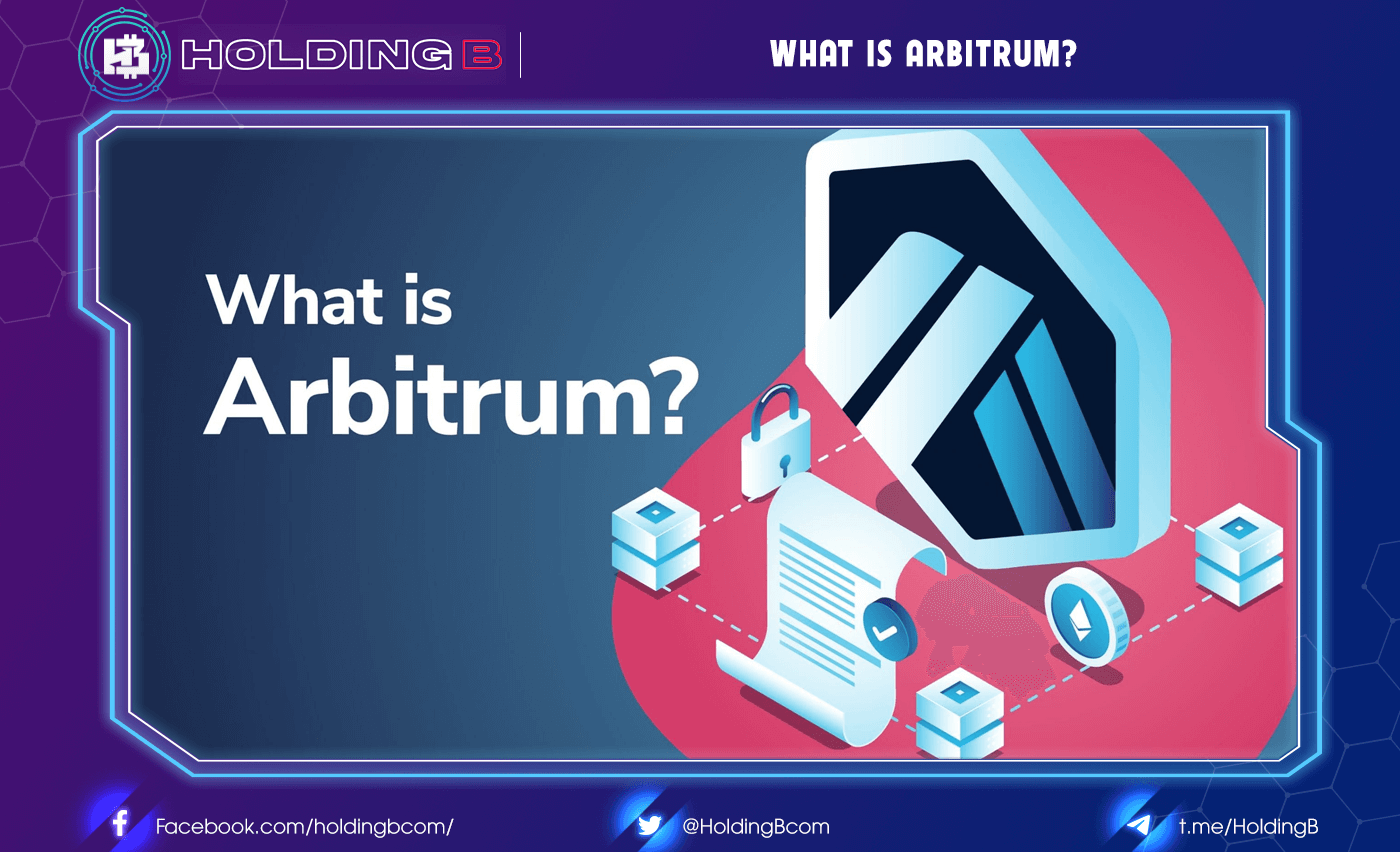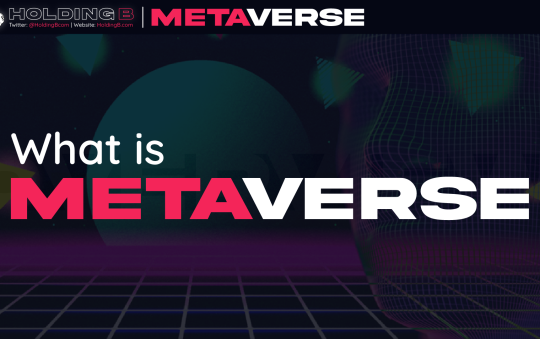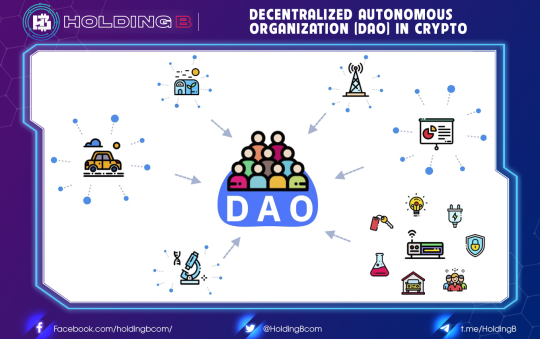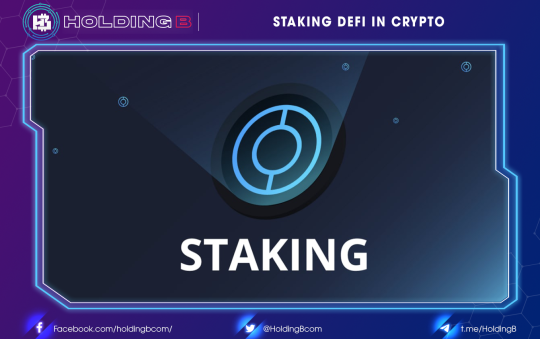With the strong development of decentralized applications (dApps) and the increasing number of people participating in the Ethereum network, resulting in an increasing volume of transactions,causing many problems such as network congestion, slow transaction processing speed and high transaction costs.
The current Ethereum network has a transaction processing speed of 15 TPS (transactions per second), a rather modest number when compared to another centralized payment platform Visa with 2000 TPS. This comparison is also quite important, and if Ethereum wants to be used more widely, it needs to improve and upgrade its system.
Ethereum is currently developing a network upgrade to Ethereum 2.0, moving from a POW (Poof of Work) consensus mechanism to a POS (Poof of Stake) mechanism and applying Sharding technology to improve the limitations of the current network. But it is not expected to be completed until 2023, and we are not sure that the update will completely solve the scalability issues.
In addition to Sharding technology solutions like Ethereum 2.0, we now have other Layer 2 scaling solutions for Ethereum such as Rollups, Plasmas, Channels, Sidechains, and so on, which also solve the above problem and there have been many projects using these solutions. In this article, we will learn about the Arbitrum project, using the Rollups solution, specifically the Optimistic Rollups form to solve the current Ethereum problem.
What is Arbitrum?
Arbitrum is a suite of Layer 2 scaling solutions that improve Ethereum smart contract capabilities, enabling low-cost, high-throughput smart contracts while remaining reliably secure. .
Arbitrum has 3 scaling solutions namely: AnyTrust Channels, AnyTrust Sidechains and Arbitrum Rollup.
Currently, the Arbitrum Rollups solution has been made public, the remaining 2 solutions have not yet had specific information.
Solution Arbitrum Rollups
What are Rollups?
Rollups is a layer 2 scaling solution that allows thousands of transactions to be grouped into a single aggregate block and the results written to Ethereum, freeing the Ethereum network from congestion, making transactions faster and less expensive.
Rollup is currently divided into 2 types, ZK Rollup and Optimistic Rollups, the main difference between these two types is the method of verifying the validity of transactions after being rolled up and sent to the main chain.
Zk Rollups: This is the form after processing, transaction information is sent with cryptographic proof on-chain. Ethereum only accepts transaction credentials if they can be cryptographically authenticated. Data is said to be false until proven true.
Optimistic Rollups: A solution where, after processing, transaction information is sent to the on-chain, within a certain challenge period, transaction data is presumed to be true until someone submits proof that the other transaction data is fraudulent or false
What is Arbitrum rollups ?
Arbitrum is a type of technology known as an optimistic rollup.
Arbitrum’s Optimistic Rollups can solve the problem by using a proprietary sidechain. Sidechains are blockchains connected to a main chain, in this case, Ethereum. Arbitrum aggregates transactions in batches, settles them on its sidechain, and then feeds transaction data back into the Ethereum blockchain ledger.
How does Arbitrum work?
Arbitrum is processing Ethereum transactions through the Optimistic Rollup protocol. Ethereum smart contracts can be extended using this Layer 2 solution, built on top of it. Layer 2 handles most of the transaction processing and reporting back to Ethereum. These results are then recorded on the main blockchain, greatly increasing speed and efficiency.
Like many other blockchains, Arbitrum can be joined by individual nodes. Full nodes are used to support the accumulation of Layer 1 transactions, and validator nodes are used to track the state of the chain. The rewards for aggregators (aggregators) who send transactions to the Layer 1 chain are paid in ETH. All other network participants receive the remainder of the user transaction fees, such as validators.
Arbitrum introduces a challenging stage for rollup blocks. This allows other validators to check the accuracy of a block and challenge it if they think it is incorrect. The lying validators’ staking shares may be forfeited if the block is found to be invalid or the challenge is not justified. This ensures that validators play fairly and without risk of consequences.
The network also has its own virtual machine, the Arbitrum Virtual Machine (AVM), that exists on EthBridge to execute Arbitrum smart contracts. The AVM automatically converts Ethereum-compatible smart contracts to run on it.
Highlights of Arbitrum
- Trustless security :An important security property of the rollup protocol is the AnyTrust Guarantee, which indicates that any honest validator can force validation of the correct execution of the chain. This means that the execution of the Arbitrum chain is also not as reliable as Ethereum.
- Compatibility with Ethereum Arbitrum fully supports EVM just like Ethereum. This means that all smart contract languages that work with Ethereum also work natively with Arbitrum.
- Scalability : With the ability to move computation and contract storage off the main Ethereum chain, allowing for much higher throughput.
- Minimum cost :Thanks to its extremely efficient rollup technology, Arbitrum is able to cut fees down to a fraction of what they are on Ethereum.
- Withdrawal time :Withdrawal times on Arbitrum are also lower than other Rollup solutions. The project is approaching a number of other solutions to lower the withdrawal time.
Project Token
Unlike many other Layer 2 scaling solutions, Arbitrum does not have a native utility token of its own, instead focusing solely on providing scalable solutions.
Don’t forget to follow useful articles about Crypto Market from team Holding B !!!
- Telegram Channel: https://t.me/HoldingBcom
- Telegram Group: https://t.me/HoldingB
- Website: https://holdingb.com/
- Twitter: https://twitter.com/HoldingBcom
- Facebook: https://www.facebook.com/holdingbcom





